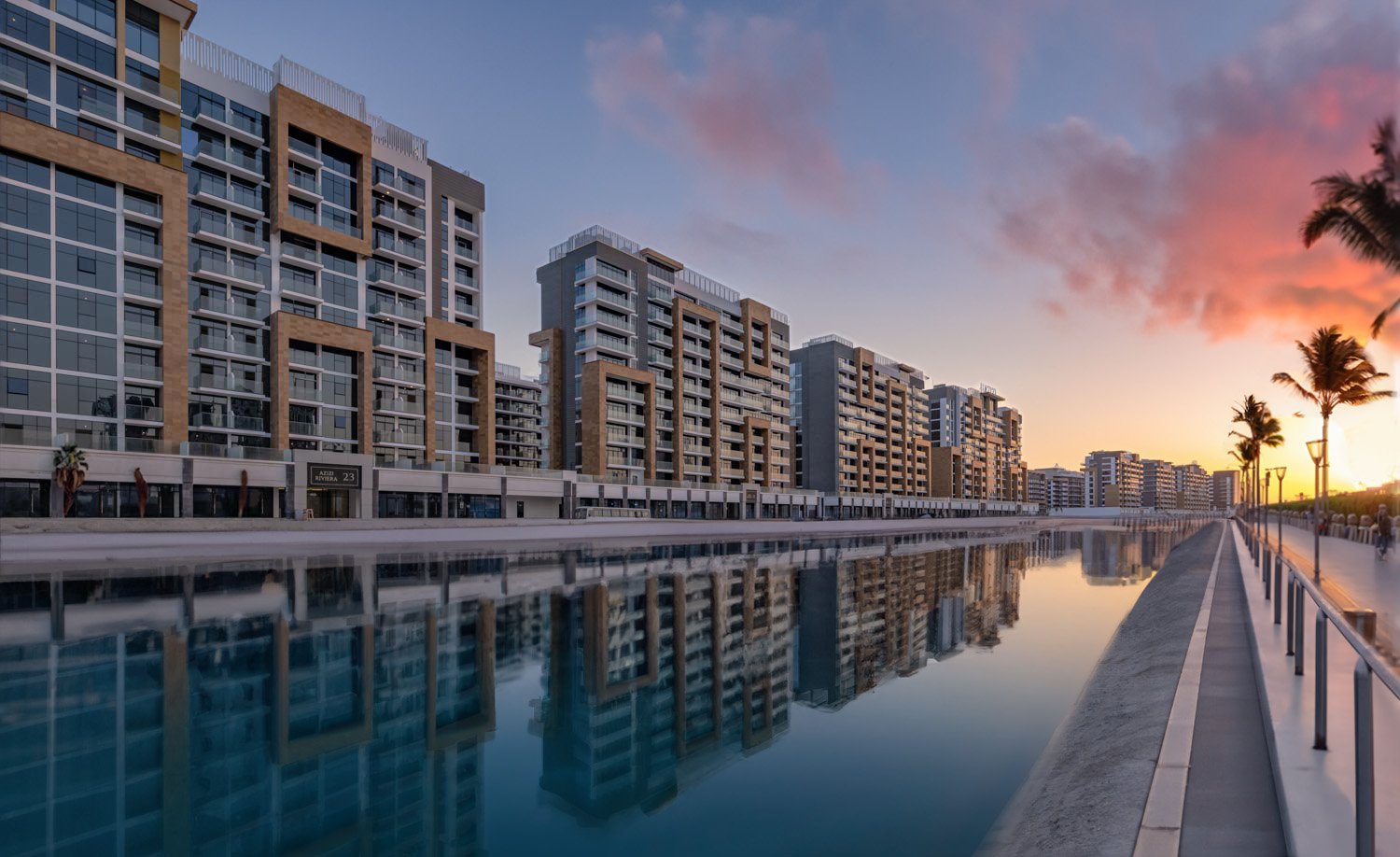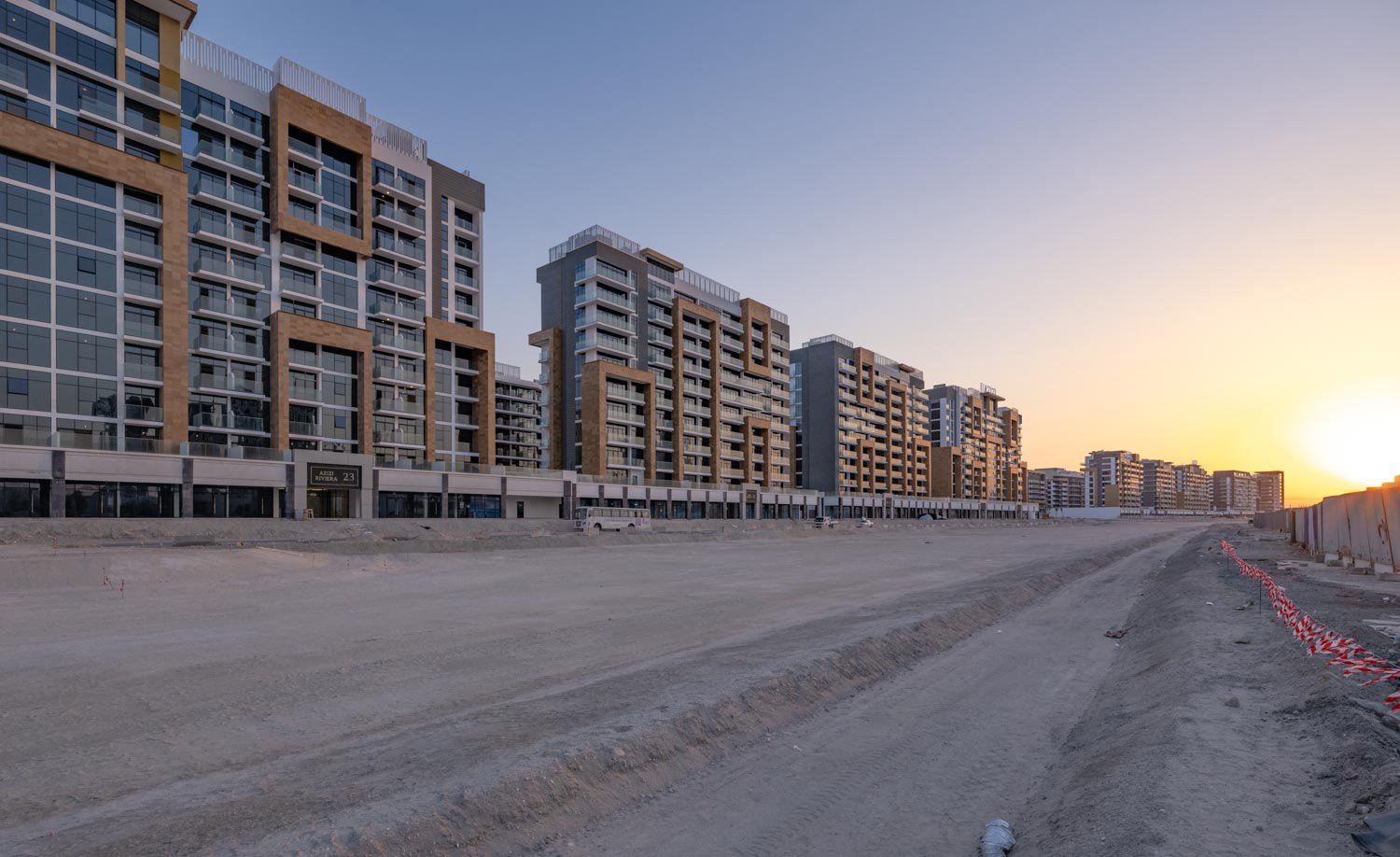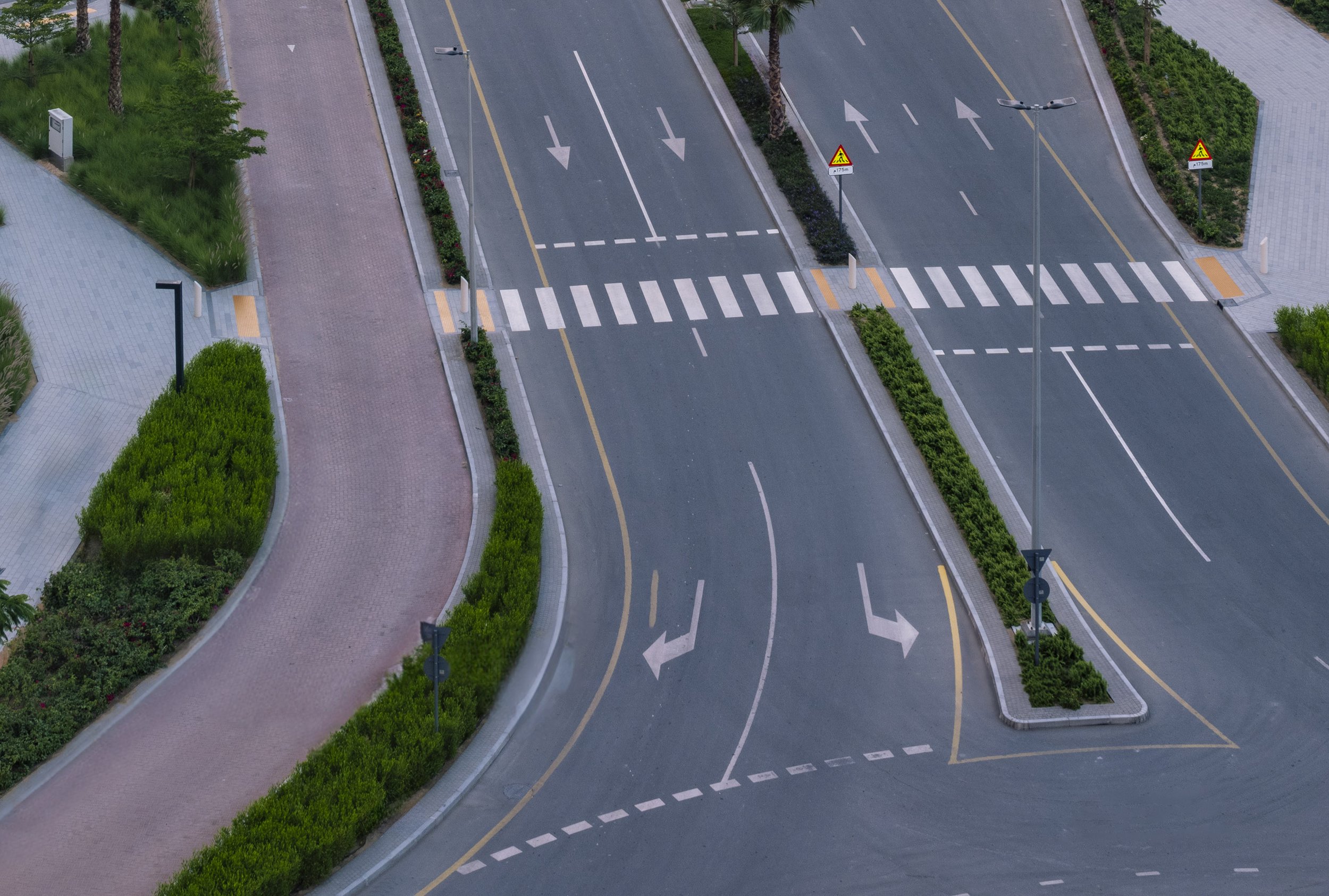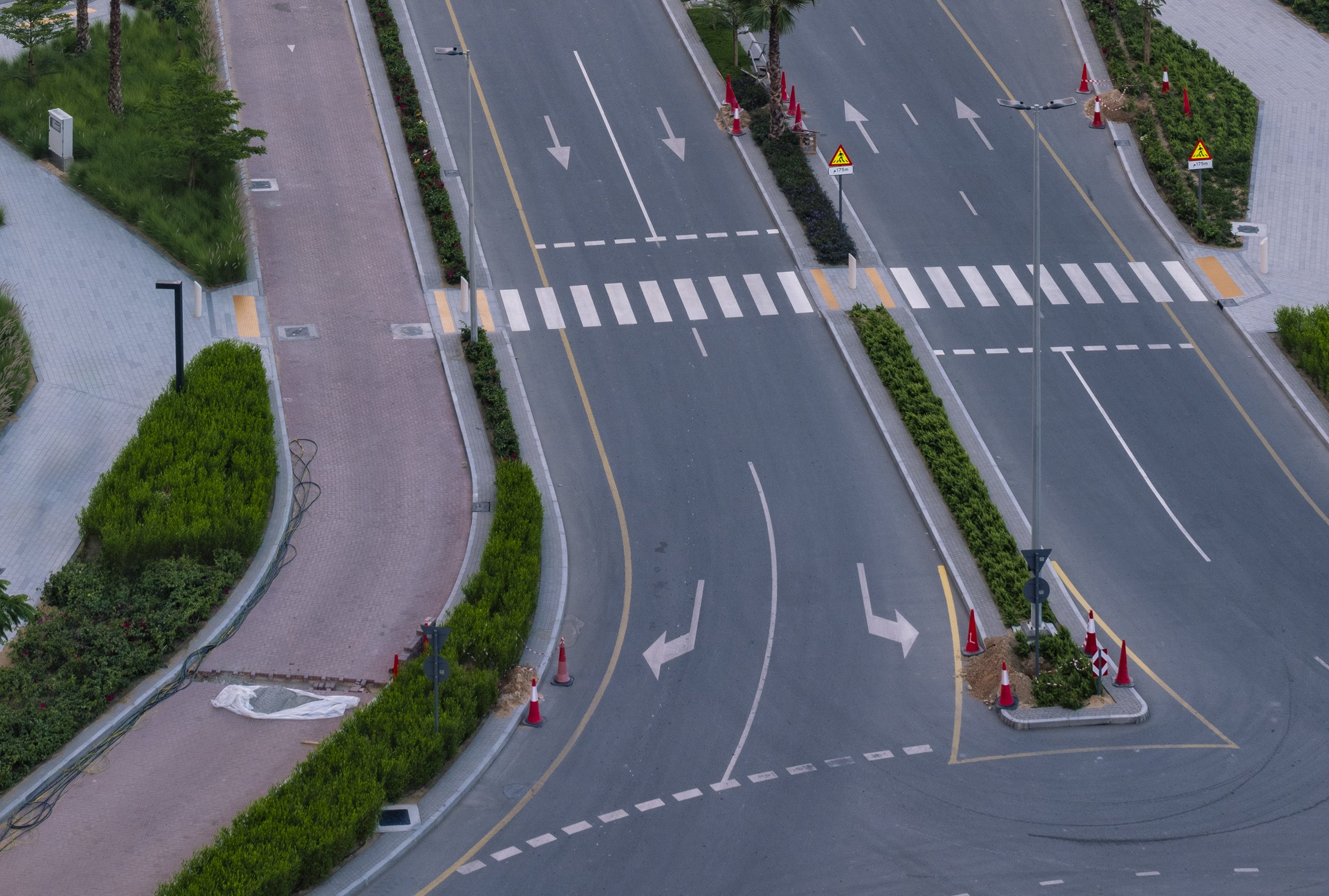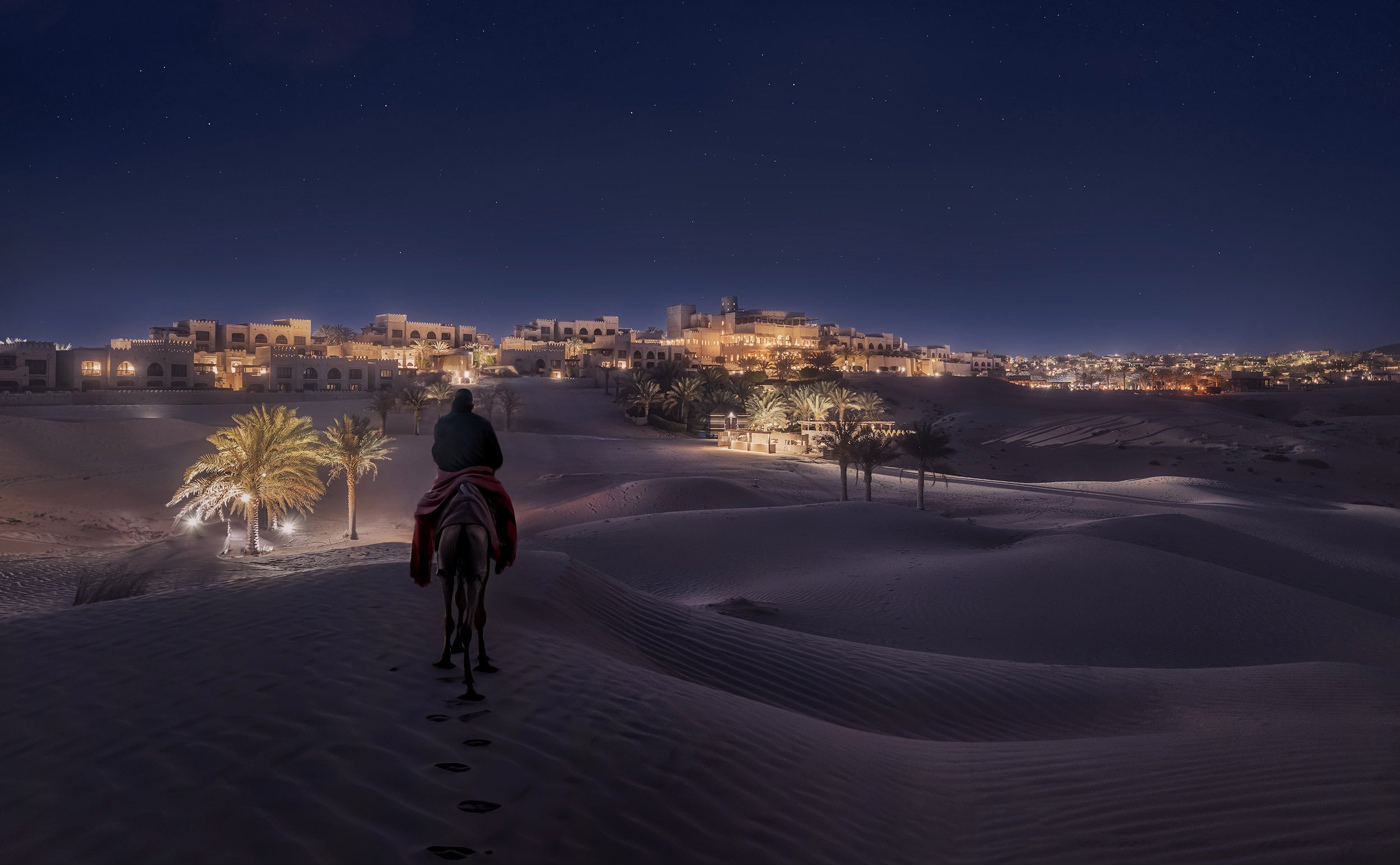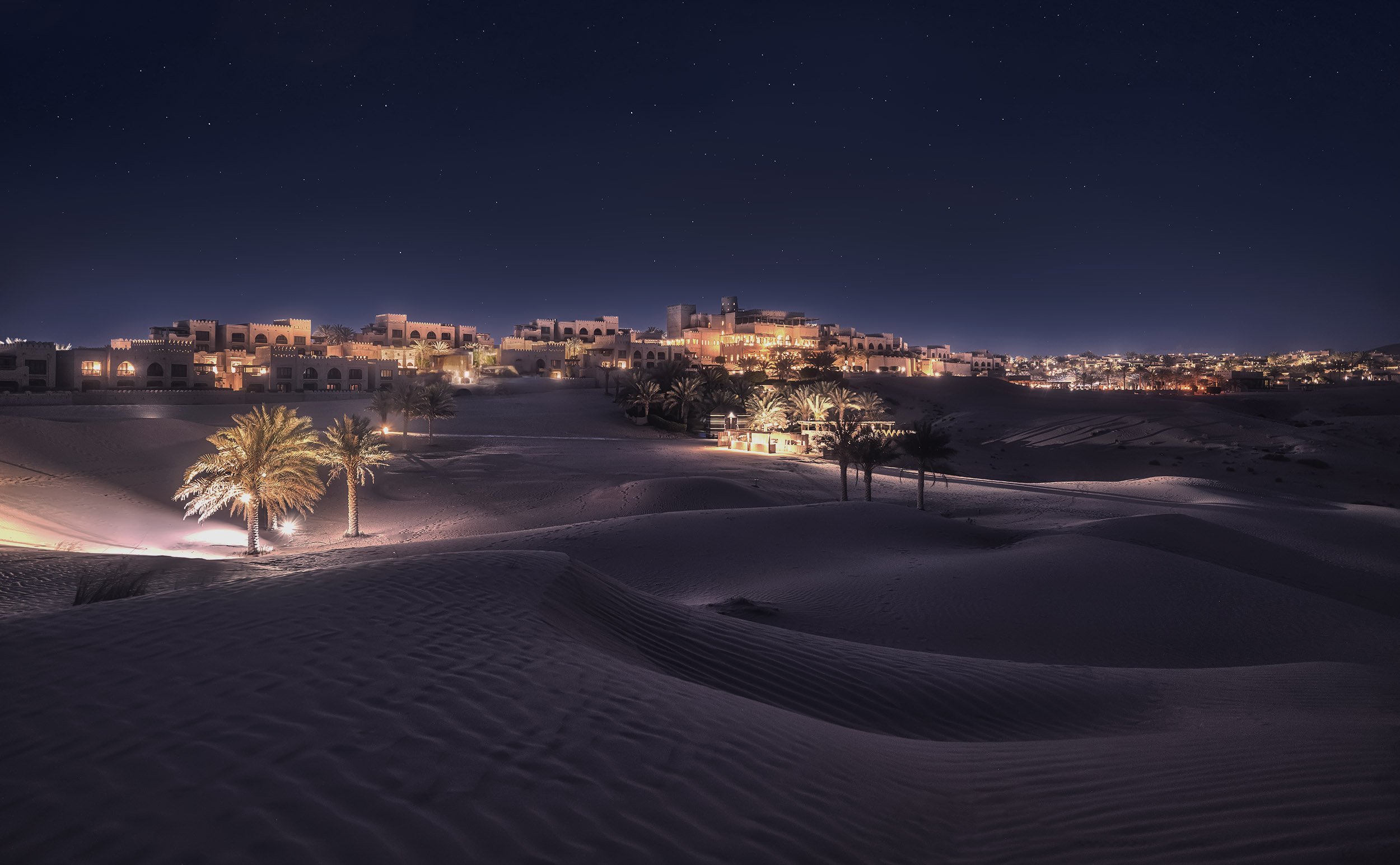Are You Ready?
It doesn’t matter. Generative AI is here and we better adapt quick or be gone tomorrow.
The above image was created with Adobe’s text-to-image Generative AI, called Firefly. Cute name for a mammoth technological milestone with profound and dire implications for visual artists.
So, like most people who don't live under a rock, I've been messing about with Photoshop's Beta version with a built-in generative AI components over the past few weeks. To say I was pouring expletives and my entire vocabulary of English adjectives at the screen when I first tried it would be understated. Using this technology for the first time feels akin to experiencing black magic. Imagine traveling back to 17th century and giving a modern smartphone to a person of that time. That’s how using the Generative AI feels in 2023.
My opinion as a professional, commercial photographer and time-lapse artist: despite it being utterly impressive, generative AI won't alter how photographs are made from a physical standpoint. You will still need a camera, lenses, and a tripod, as well as to get to the place, brave the weather, compose your images, and press the shutter button. If you have enjoyed this process thus far, you will probably continue to do so in the near future. After all, taking pictures involves physical activity, and the memories it evokes are grounded in actual interactions and experiences.
Example of AI as a design concept tool: I was commissioned to shoot a real-estate project in Dubai, currently under construction. The client wanted to envision the finished water canal with a promenade. Using only a photograph as a basis, I managed to generate a rough masterplan & landscaping concept with AI in less than 30 minutes. The generated visual was used a reference to create a detailed 3D CGI photo-composite.
Having said that, AI is very good, and getting better by the day, as an image creation and manipulation tool. Batman Photographers will no doubt find great use in Generative AI’s abilities, turning Photoshop into their editing sidekick Robin. A few mouse clicks are all you need to completely transform an original image into something else entirely. No special image editing abilities are required either. If you can imagine it, and have a decent command of English language, you’re good to go.
Architectural and real-estate photographers know this pain well. The mess of the real world in which we live, the imperfections. They are the “intruders” which spoil the composition and draw unwanted attention. For this reason, they have no place in professional real-estate and architectural photos. These images require extensive post-production in which the clutter is removed and cleaned up. To retouch the above photo, I’d normally need at least an hour of intense Photoshopping. Nobody likes this sort of work, but it’s unavoidable. With new AI powered tools though, I needed less than 5 minutes to accomplish the same task, with flawless results. I actually had fun in the process!
In terms of the work I do specifically, I believe Generative AI will dramatically accelerate and simplify the editing process which takes a lot of my time. It will make me more productive, at least until it inhabits the robots which may later decide to exterminate us all. We'll probably have to organize the resistance movement and fight back at that point. I may need to rewatch the Terminator movies. But we will deal with that problem when it gets to that.
Featured is the photo of Qasr Al Sarab hotel in Liwa, UAE. I took this shot in May 2022 in a project commissioned by Abu Dhabi Tourism & Culture departement. The bedouin in the foreground and camel footprints in the sand were convincinly generated with Photoshop Beta / Firefly AI. Grading was accomplished with Luminar Neo AI.
What are your thoughts on the subject? Feeling the fear, or are you excited? Have you been exposed to AI yet, for fun or work perhaps? Staying away…for now?
Either way, do let me know in the comments below. This is an important subject which will impact all of us, sooner or later. Nobody will be spared. We need to keep this conversation going.


